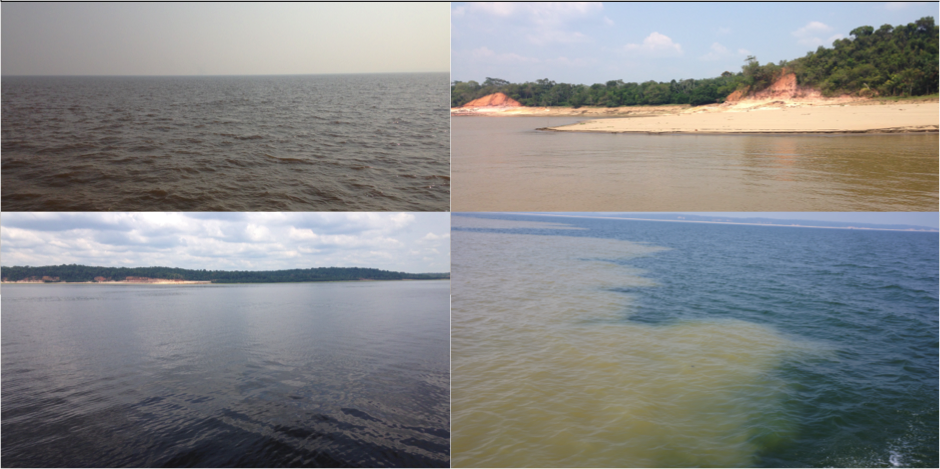Global view of pyrogenic carbon export by rivers
Biomass burning and fossil fuel combustion releases large amounts of carbon into the atmosphere that are changing Earth’s climate. However, up to 27% of this burned carbon is retained as recalictrant char or soot, called Pyrogenic organic Carbon (PyC) [Santin et al., 2015]. PyC is produced on land by incomplete combustion of biomass and fossil fuels. PyC influences many biogeochemical processes in the atmosphere, biosphere and hydrosphere. It is also a slower cycling component of the carbon cycle, with a mean residence time 1-2 orders of magnitude greater than that of unburnt biomass carbon [Singh et al., 2014].
To understand the carbon cycle, it is critical to know the fate and residence time of PyC in the Earth system, because it is a slower cycling component of the carbon cycle. PyC is exported from land by rivers into the ocean, where it is thought to age on millennial timescales through the overturning ocean circulation [Ziolkowski and Druffel, 2010]. However, the global 14C measurements have not been made to address if PyC is pre-aged in intermediate river reservoirs on land.
Figure 1. Different tributaries along the Amazon River samples for PyC
We seek to generate a global-scale understanding of the transport of PyC by rivers. PyC Δ14C, structure and concentration measurements in river dissolved and particulate organic carbon pools will bridge the gap from the input and fate of PyC from land into watersheds. We are using a combination of novel tools including molecular markers (derived from PyC), and Δ14C to understand the age of PyC in rivers. PyC is quantified as polycyclic aromatic carbon, determined from Benzene Polycarboxylic Acid (BPCA) marker compounds produced during high-temperature and pressure acidification. This method isolates a yield for 14C analysis and the relative BPCA abundances of the diverse substituted constituents provide qualitative PyC structural information. There is no global river DOC and POC data set of PyC stocks, residence times (14C), or fluxes. The use of the BPCA unifying method (to remove biases) in measuring PyC in global rivers will address the fate of PyC in the carbon cycle and expected impact of increased wildfires with climate change.
Santín, C., S. H. Doerr, E. S. Kane, C. A. Masiello, M. Ohlson, J. M. de la Rosa, C. M. Preston, and T. Dittmar (2015), Towards a global assessment of pyrogenic carbon from vegetation fires, Glob Chang Biol, doi:10.1111/gcb.12985.
Singh, N., S. Abiven, B. Maestrini, J. A. Bird, M. S. Torn, and M. W. Schmidt (2014), Transformation and stabilization of pyrogenic organic matter in a temperate forest field experiment, Global change biology, 20(5), 1629-1642.
Ziolkowski, L. A., and E. R. M. Druffel (2010), Aged black carbon identified in marine dissolved organic carbon, Geophysical Research Letters, 37, doi:10.1029/2010gl043963.
